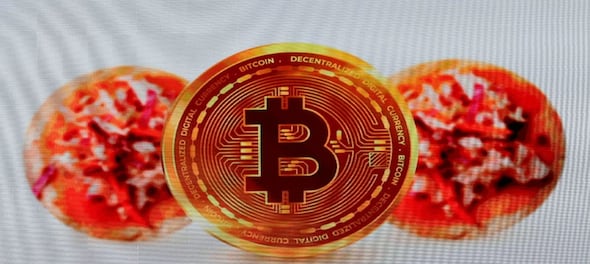
Many cryptocurrencies limit the number of tokens that can be minted in their lifecycle. This is done for many reasons, such as controlling inflation, creating artificial scarcity, driving up the price, and increasing the token's popularity.
One of the most infamous circulation hard caps is Bitcoin's fixed supply of 21 million BTC. The token was created in 2009 with this hard cap being an integral feature of its tokenomics. Since then, 90 percent of the total BTC has been mined already. And as we approach the final limit, many wonder what will happen to the Bitcoin infrastructure when all the 21 million BTC have been mined.
Will it be detrimental to the network or have a positive effect? Let’s find out.
Understanding Bitcoin's fixed supply
We do not know much about the mysterious creator of the Bitcoin network, Satoshi Nakamoto. His identity is still one of the biggest mysteries in the crypto community. However, judging from the implementation of the Bitcoin Blockchain, we can ascertain what he wanted from the network.
As described in his famous whitepaper, the Bitcoin network aimed to create a digital currency that would be the opposite of fiat currency. With the global economy reeling from the infamous 2008 market crash, BTC needed to be completely decentralized and not controlled by banks or centralized authorities. It also needed to be resistant to inflation.
The network's revolutionary distributed ledger system created a transparent and immutable decentralized network that did not rely on any third party.
To control inflation, Nakamoto embedded a fixed supply of BTC into the network's code. The limited supply also makes BTC a scarce asset which could drive up its price in the future.
There will be only 21 million bitcoins in existence, and to ensure a steady flow of liquidity, the coins will be minted at a fixed rate. New bitcoins only enter circulation when a new block is mined. And currently, it takes 10 minutes to mine a new block.
Nakamoto also added a feature where the number of bitcoins each block produces is reduced by half every four years. Initially, in 2009, miners would receive 50 bitcoins for adding a block. After four years, this reduced to 25 bitcoins, and this cycle will continue until there are no more bitcoins left to mine.
Until now, nineteen million bitcoins have been mined, leaving only 2 million to be mined in the future. But the last two million coins will take the most time because of the reduction feature stated above. Experts are predicting that the remaining bitcoins will be mined by 2140.
The effects on miners
Mining is the process of verifying transactions and adding new blocks to the Bitcoin network. Miners solve complex mathematical puzzles by expending their computational power to validate and add blocks. For their participation in the network, miners are awarded block rewards (a set number of bitcoins) and transaction fees.
The block award is halved every four years. In 2012, it was halved to 25 bitcoins, and it went down to 12.5 in 2016. Today, miners can only earn 6.25 bitcoin for every new block. Eventually, the hard cap of the supply will be reached, and miners won't receive bitcoins for producing new blocks. At that time, they will only receive transaction fees for their participation in the network.
Miners require expensive computational hardware to mine bitcoin. Currently, most miners and mining firms use the block reward to offset the operational cost of mining and make a profit.
But as mining rewards are halved every four years, the cost of running the mining operation will eventually exceed the rewards the miners make. This could happen even before the fixed supply has been reached. However, if the price of bitcoin increases over time, it should offset a decrease in block rewards. The only question is, what happens when all the coins are mined.
Theoretically, if a miner validates enough transactions, the fees earned can help make up for the missing block rewards. But the transaction fee amount will depend on the state of the network in the future.
Effect on consumers and traders
The limited supply of bitcoin would make it a scarcer object. The scarcity of Bitcoin will probably lead to a buying frenzy. As fear of missing out (FOMO) sets in, the asset's price will increase exponentially as many people would want to buy Bitcoin.
One of the bigger issues is that even if all the bitcoins were mined in the future, there wouldn't be 21 million bitcoins in circulation. According to Chainalysis, a blockchain analytics firm, one-fifth of the total bitcoins that have been mined are already lost. Many of these bitcoins exist in wallets that can no longer be accessed due to lost passwords or destroyed physical hardware.
First Published: Apr 2, 2022 11:20 AM IST
Check out our in-depth Market Coverage, Business News & get real-time Stock Market Updates on CNBC-TV18. Also, Watch our channels CNBC-TV18, CNBC Awaaz and CNBC Bajar Live on-the-go!


Supreme Court dismisses plea seeking postponement of CA exams; details here
Apr 29, 2024 2:29 PM
Just 8% women candidates contested first two phases of Lok Sabha polls
Apr 29, 2024 12:00 PM
The sexual assault case against Prajwal Revanna — here's what we know so far
Apr 29, 2024 11:36 AM
Repolling underway at one polling booth in Chamarajanagar LS segment in Karnataka
Apr 29, 2024 10:32 AM

